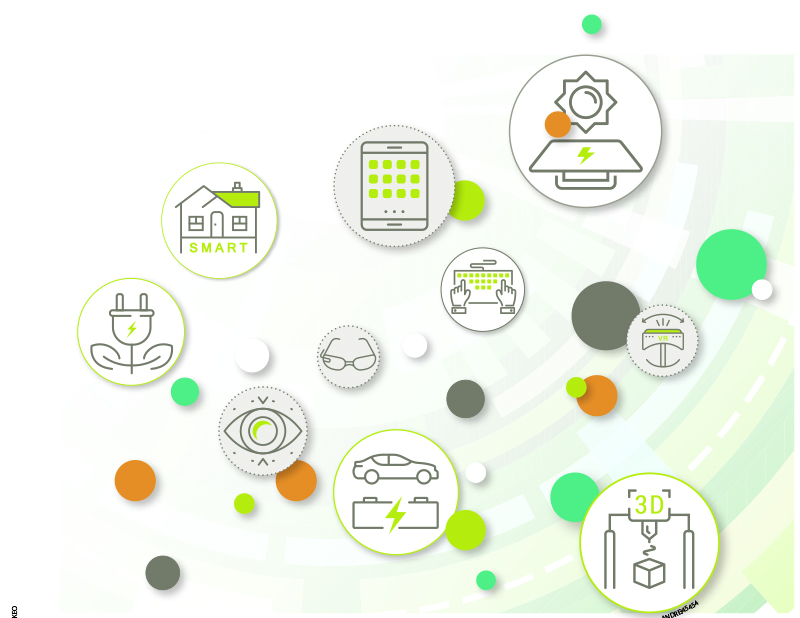Back to the Future

Kentucky co-op leaders peer into their crystal balls
Do you remember life before the smartphone?
Though early adapters were using Palm Pilots 20 years ago, it’s only been 11 years since Apple introduced the iPhone, ushering in a decade that has changed the way we communicate, interact with one another, conduct business and instantaneously consume information and entertainment.
Just imagine what changes lie ahead in the energy world, particularly for Kentucky’s electric cooperatives.
That’s what we asked co-op leaders. In this second of two installments, we ask what they think will be major issues or influences for Kentucky co-ops over both the next 10 to 20 years, and in the next 50 years.
Their imaginative, thoughtful and candid replies are illuminating, and a reminder of the depth of leadership of Kentucky’s electric co-ops, which serve more than 1.5 million Kentuckians—about 35 percent of the state’s population—in 117 of Kentucky’s 120 counties.

Carol Wright, Jackson Energy
Over the next 10 to 20 years, I believe Kentucky’s electric cooperatives will need to address the influx of electric vehicles and how the additional load will affect the distribution system. Major auto manufacturers have indicated that they will stop producing vehicles with combustion engines and will produce only electric vehicles. Electric cooperatives will need to assist with public charging stations within their service areas and ensure their transformers/services to residential homes are adequate to handle the additional load.
In the next 50 years, I think the electric grid will look completely different. Today, technology exists to charge iPhones without a cord or wires and this is just the beginning of the wireless revolution. Technological advances will enable homes to be electrified wirelessly. Just as wireless cell phones have evolved, wireless electrification will do the same. Poles and wires used to transport electricity that we see today will be nonexistent.

Ted Hampton, Cumberland Valley Electric
I think improvements in energy-efficient appliances and lighting (such as LED technology) will have a major impact on member usage in the future. Renewable energy sources such as solar and wind and developing battery technology will have a great impact on the future of electricity. It’s my opinion these technologies could create revenue erosion for the cooperatives, and thus have an impact on rates in the future.

Greg Grissom, Pennyrile Electric
Ten years: Major influences on our wholesale power costs are likely to center around environmental liability and the direction of federal environmental legislation that will affect the Tennessee Valley Authority, renewable energy technology advancement and pension funding requirements for TVA.
Fifty years: Who knows? But I would guess renewable energy technology advancement will continue to play in that space for a long time. Cooperative mergers and consolidations will increasingly be in play as power costs continue to rise and load growth is not present. Simply supply and demand. It will be more difficult for smaller cooperatives to offer reasonable rates.

Chris Perry, Kentucky Association of Electric Cooperatives
First, the digitization of our society will continue. A recent article from the United States Energy Information Administration discusses how the average number of televisions in our homes continues to decline. There is now an average of 2.3 televisions per house.
It is obvious that the way we use energy in our homes is continuing to evolve. Smartphones and LED lightbulbs continue to change the energy mix in our homes. ENERGY STAR appliances and more efficient heating and cooling systems are causing average household energy usage to decline.
I anticipate electric vehicles will become more widespread, but the pace of that adoption is still uncertain. The declining price of solar panels will spur further adoption by homeowners.
I am regularly asked how cooperatives will meet these changes. My response: The way we always have. We will put our members first and focus on providing electric service that is both reliable and affordable.
Let us remember that the cooperative business model made modern conveniences available to rural areas. That will continue. Broadband, electric vehicles, smartphones and distributed energy sources will come and our cooperatives will be there to make sure it is done right.

